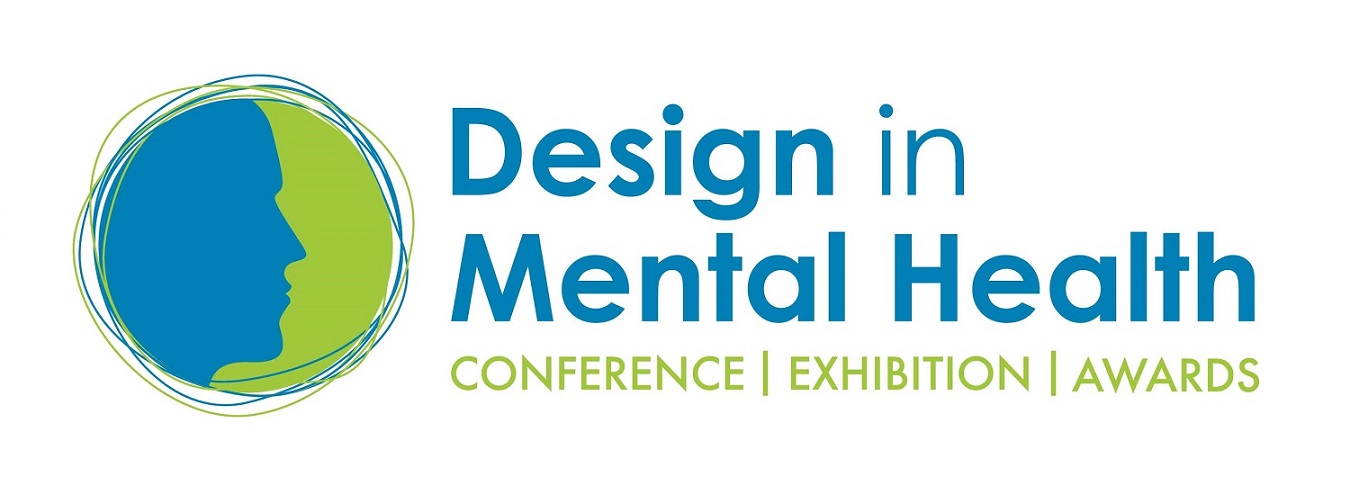Step Exhibitions
The Merely Important and the Absolutely Essential: Moving from Contradiction to Corroboration
Time: 12:10 - 12:30
Date: 8 June 2023
A thicket of useful knowledge has grown within the fields of planning and design for people who are experiencing mental illnesses and those that care for them. This development of new learnings, research, and best practices has certainly been helpful in our work to improve care environments for both service users and care providers. Nonetheless,… Read more »
Design in Mental HealthSynopsis
A thicket of useful knowledge has grown within the fields of planning and design for people who are experiencing mental illnesses and those that care for them. This development of new learnings, research, and best practices has certainly been helpful in our work to improve care environments for both service users and care providers. Nonetheless, at points along this journey a thoughtful clinician or designer might have had reason to pause and reflect for a moment about some of the contradictions that are inherent in our work and wonder how we might proceed without what we have currently accepted as a necessary dissonance.
Our focus on patient safety, as an example, can easily lead to environments that, while safe, are also some combination of sterile, featureless, or containing an abundance of alien (but safe) fixtures. Similarly, the vast literature on whether nurse stations/care desks should be open or closed is replete with seemingly contradictory impulses that either favor openness for clinician patient communication or enclosed to provide staff with the comfort of an impregnable safe place. Can we have one without the other? Where and how do we achieve a proper balance?
Our natural tendency to see and hear care providers and service users through the prism of their roles compounded by their own natural tendencies to speak and advocate from the place of those roles in the care process inevitably adds a series of very concrete project drivers and expectations that inevitably adds additional sources of transactional dissonance. We all compartmentalize around what we see as our role in a given situation to the disadvantage of what we might see, understand, request or provide through the essential lens of our own basic humanity. In a very real sense, this natural focus on roles and the needs arising from roles is a basic building block of stigma.
This presentation is the outcome of an ongoing personal conversation about how to cut through this thicket of knowledge and roles by finding a way to understand what is absolutely essential to a successful care process for both the service user and a care provider. The presenter’s thesis is that by taking the time to discern the essential, and then giving the essential priority in satisfying the needs of the important, we might create better environments with far less contradiction.
Our conversation will be about an ongoing working process; one where the path is more important than the current conclusions. While these will be shared as a catalog of the important in the context of those essentials and a catalog of design examples as a response, that sharing is only meant to be a start of a conversation about the need to attend to the important only in the context of the consideration of the essential. The field will be more likely to come to agreement about the essential and the place of the important within those essentials if we in initiate a conversation among care providers, service users, and designers who are considering the problem from this perspective.
« Back



